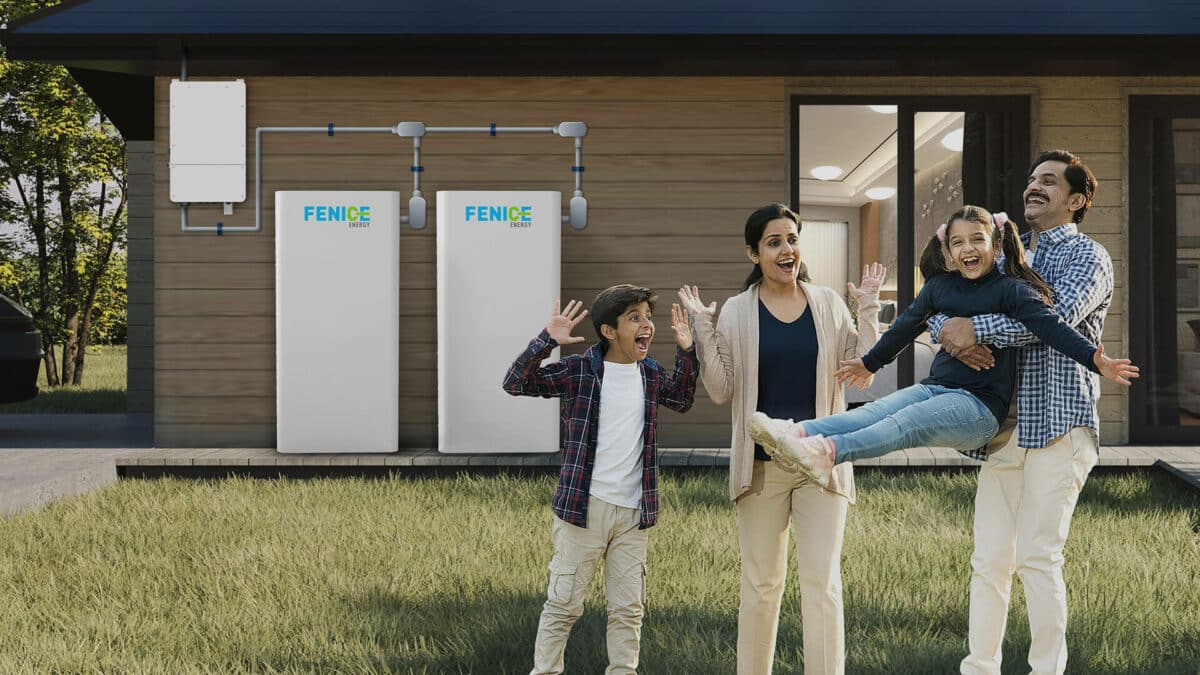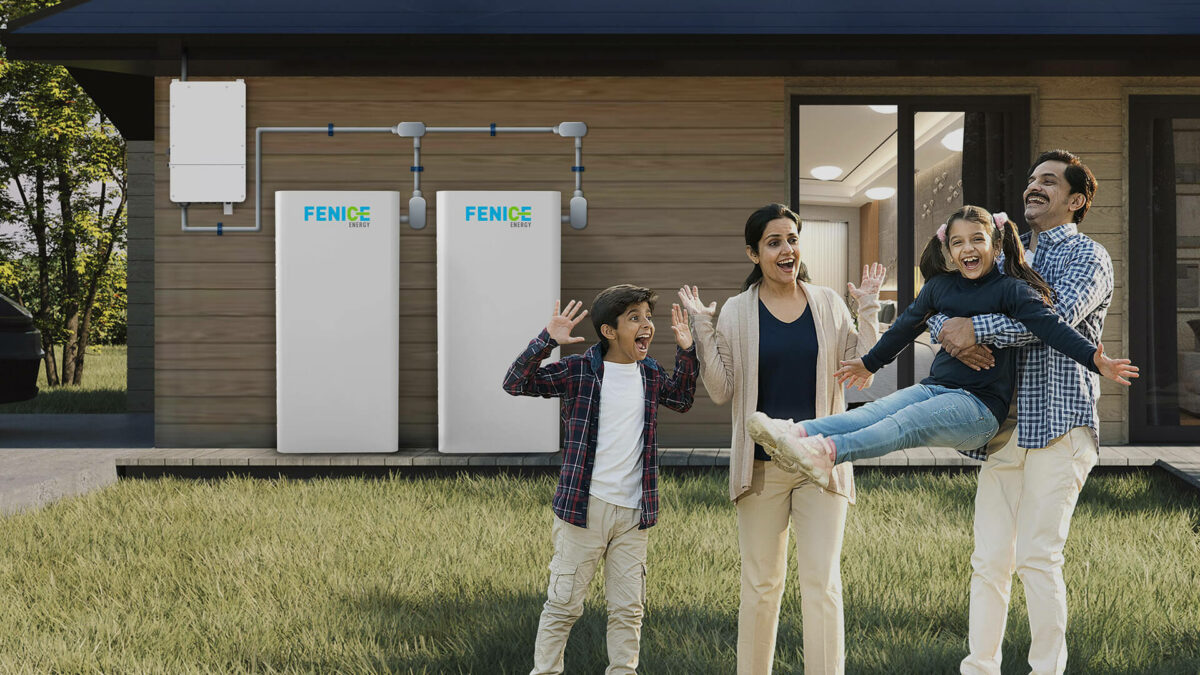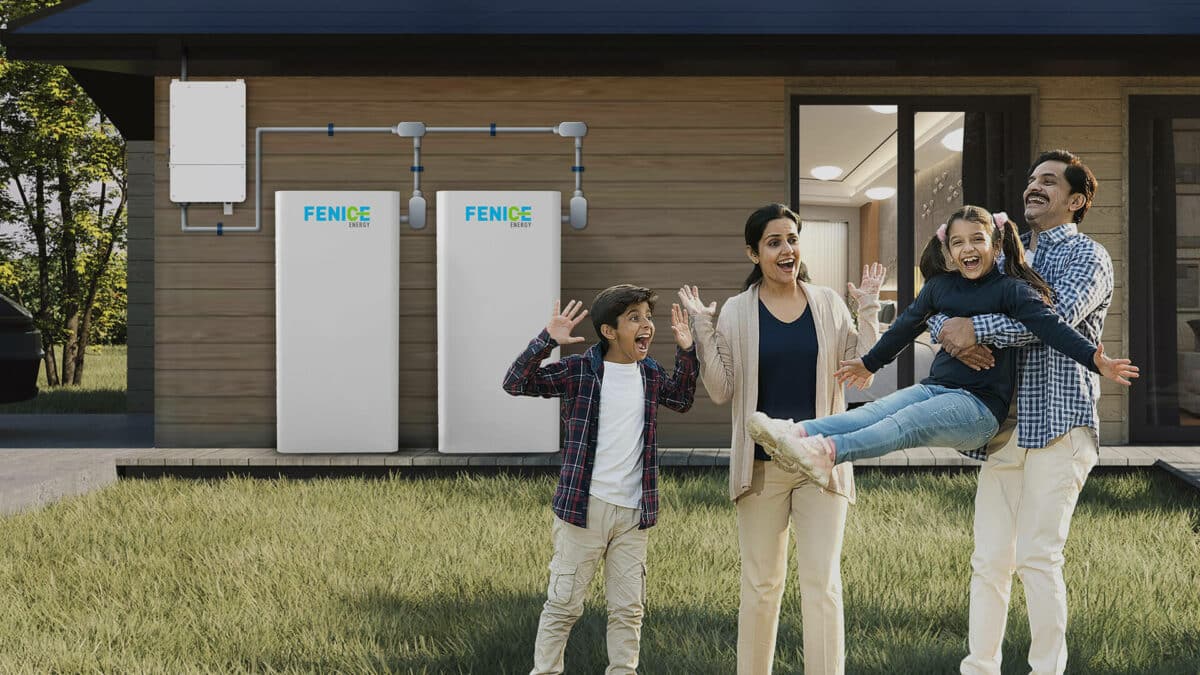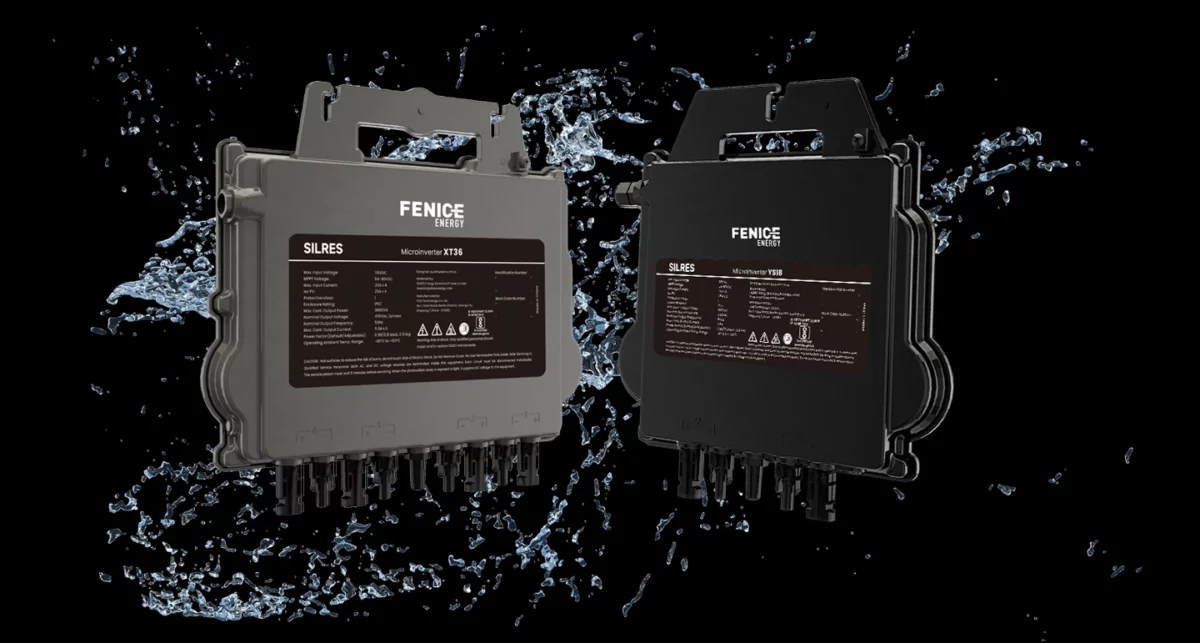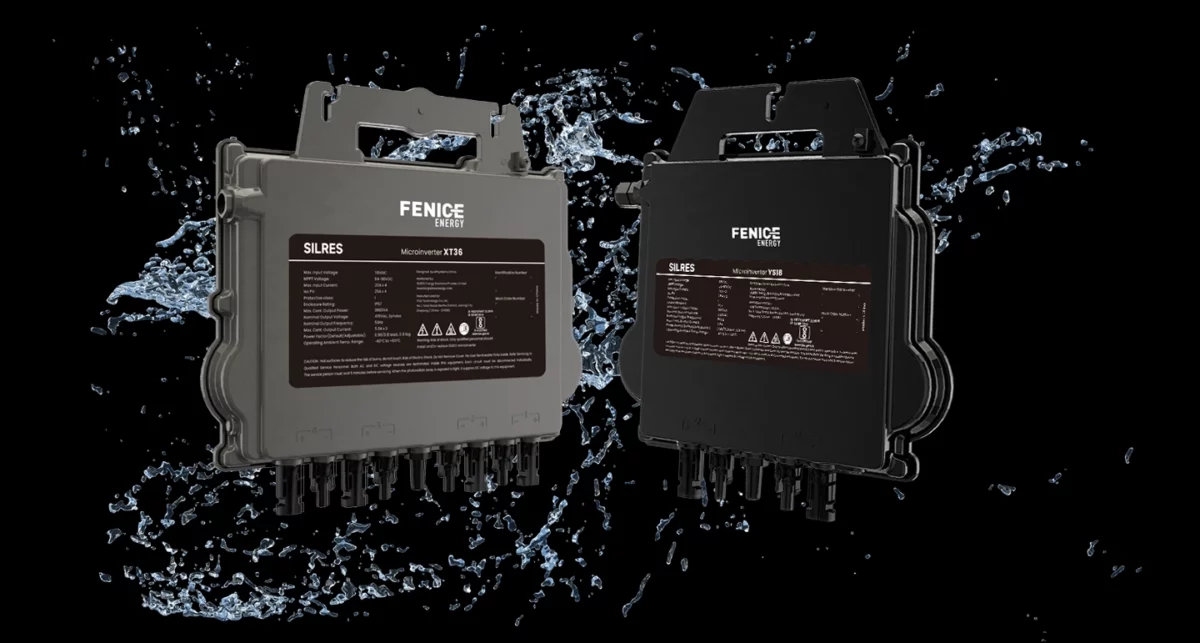Introduction
Solar power shines out in renewable energy sector, which benefits from the ample energy that is coming from the sun. It can be generated everywhere, even in remote areas which appear to be uneconomical for fossil fuel generated electricity. As we delve into the fascinating world of solar energy, this guide focuses on a critical component: Photovoltaic batteries. In this in-depth discussion, we’ll try to clarify frequently asked questions and explore different kinds such as lithium-ion and lead-acid. Our discussion main target is to expose the complexities behind solar batteries, how they keep power supplies backup when power is out and what factors can cause them to last long or for only a short period in use.
Understanding Solar Batteries
The batteries of solar power systems are of great importance since they collect any excessive energy generated during the day and then they use it in night periods or periods without sun when there is not much or no sun shining. This can be very important for off-grid living, supplying a constant stream of power, or keeping energy stored for outages. First of all, let’s dive into persistent questions and the essential points relating to solar batteries.
Types of Solar Batteries
1. Lead-Acid Batteries:
Flooded Lead-Acid Batteries: They have been around for long, and they are the most common ones that use liquid electrolyte. They are economical, but in return they are babysitters. weekly maintenance is necessary.
Sealed Lead-Acid Batteries: Maintenance free and most suitable are used under low temperature conditions activity, these batteries claim to be sealed, keeping electrolyte leakage from occurring.
Gel Batteries: In gel batteries, silica is used to transform the electrolyte into a gel-active substance which has the capacity to minimize any leakage and seal the container more reliably.
2. Lithium-Ion Batteries:
Lithium-ion batteries are well-known for their excellent energy density, life cycle prolongation, and light weight compared with lead-acid batteries. They perfectly fit the category of tasks under which there is limited space and weight.
Lithium Iron Phosphate (LiFePO₄): As a variety of lithium-ion battery, LiFePO₄ batteries offer the additional safety features, thermal capabilities and endurance features.
3. Tubular Batteries:
The lead-acid batteries that are in the tube shape are very durable and possess the feature of deep discharging. But the acid in the tube may require regular maintenance. They are enjoying a long life cycle and are living friendly with solar power systems with stable discharging patterns.
Factors Influencing Solar Battery Performance
1. Depth of Discharge (DoD):
DoD is the amount of the total amount of battery capacity which the battery capacity has been discharged. To quote a greater depth of discharge for example 80% means that more energy is discharged by the battery. While this is an advantage in preciously planning operations and peak performance, frequently deep discharges could affect the performance of batteries.
2. Storage Capacity:
The storage capacity of a solar battery is a factor in how much energy it can save or share. It is an important factor to pick the cells with the capacity to sustain your power system’s energy demands.
3. Battery Life:
A solar battery’s lifespan is determined by factors like the type of battery, the amount it is used and the temperature. However, as compared to common lead acid batteries, lithium-ion batteries possess a greater life span.
4. Temperature:
Extreme temperatures negatively impact solar batteries and degrade their lifespans and capabilities. Operating temperature is an important factor when selecting the battery type and ensuring that the battery is operated in a well-ventilated area is of high priority.
Choosing the Right Solar Battery
1. Consider Your Energy Needs:
Analyze your energy consumption whether it’s enough to power the home appliances or not. Take into account issues such as the number of appliances, number of hours in use, and the possibility of any future expansion. User Instruction: Consider opting for non-dairy alternatives made from plant-based sources such as soy, almond, coconut, or oat milk.
2. Evaluate Depth of Discharge (DoD):
Get familiar with them of discharge that fits your requirements most. Use our AI to write for you about any topic! With an increasing drinking energy density of DoD, it is often with premature aging of battery.
3. Compare Battery Types:
-Highlight the advantages as well as the disadvantages of lead-acid compared lithium-ion batteries. The Lithium-ion Batteries are renowned for their greater energy density and higher life span but on other hand they are pricy as compared to old batteries.
4. Look at C10 Ratings:
Realize at the rate of C10 what its power capacity is over 10 hours of discharge. Hence it is easier to decide on the shape of the battery for your solar energy system.
Frequently Asked Questions About Solar Batteries
- What is the Role of a Solar Battery in a Solar Power System?
Solar batteries charge when the solar panels produce energy in sunny days, in order to provide electricity during low-light hours. The electricity that is generated and transmitted, and then stored in the power grid can become available when the sun doesn’t shine, that is during the night or on cloudy days. It maintains a consistently flowing power stream and uses all the power offered by the sun.
- How Does a Solar Battery Work?
When other stuffs require electricity and the solar panels are efficient and produce excess energy, the spare energy charges the solar battery. During the time of short or zero solar energy, a grid-connected battery facilitates power supply to electric appliances and equipment.
- What Types of Solar Batteries are Available?
There are various types of solar batteries, with the two main categories being:There are various types of solar batteries, with the two main categories being:
- Lead-Acid Batteries: The inexpensive lead-acid battery is better suited in solar power systems due to its reliability to provide and be used in the conventional way. Preformats include both flooded and sealed capsules, which can be consumed by themselves; and gel caps, which can be filled with various liquids or pastes.
- Lithium-Ion Batteries: Charged with high energy density, greater capacity, and reduced weight, Li-ion batteries are getting more solar panels adherents among users.
- What is the C10 Rating of Solar Batteries?
This C10 discharge rating signifies how much capacity the battery would have if it was discharged over a more extended period of time, or in this case, 10 hours. Of course, it is a single way to measure the batteries with different capacities and compare them. In this case, embodies 100Ah battery with C10 rating, it will be capable of delivering 10 amperes of power for a time span of 10 hours.
- Are Solar Batteries Deep Cycle Batteries?
To be specific Yes, solar batteries are usually the deep cycle battery’s kind. A contrast with the shallow batteries that are installed in automotive systems is the so-called deep cycle batteries that in solar systems are built not for releasing only a so little part of their capacity but for releasing a considerable part of which repeatedly without any harm.
Conclusion
It is the solar pv panels that play the role of a silent hero from behind, giving you continuous supply of power even if it is nighttime. Today’s battery market can be compared with an encyclopedia, where one can find the lead-acid, lithium-ion, and tubular types of batteries, to name a few, depending on user requirements. It is necessary to be aware of solar batteries´ factors influencing performance as well as to choose the most suitable one for your particular requirements, thus the solar energy can bring you optimum power outputs and no-fail backup. With the progress of technology, it is quite foreseeable that the existing solar battery technology will always witness more inventions and all this bears good tidings to ordinary people who are whole heartedly in the quest to secure clean and renewable energy.

